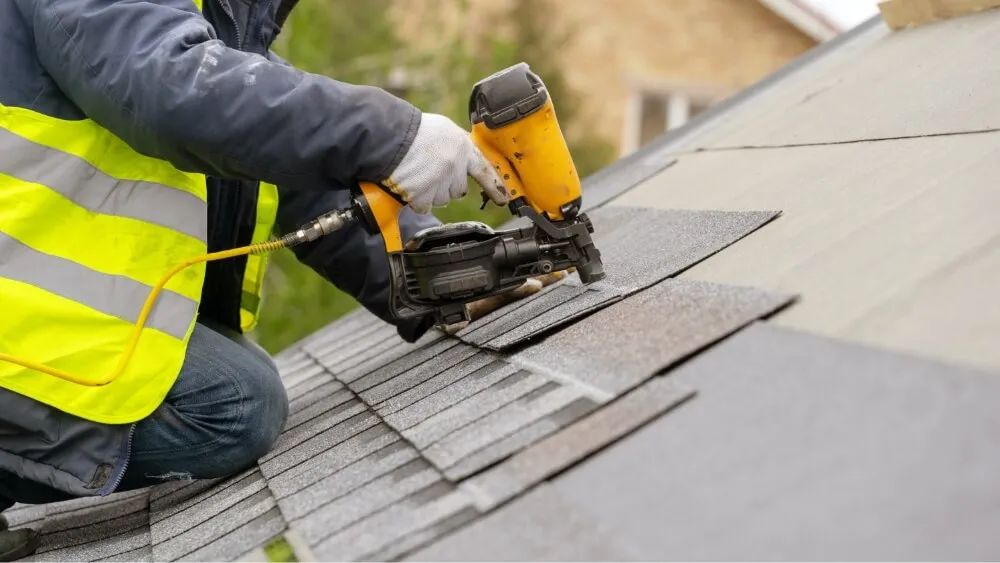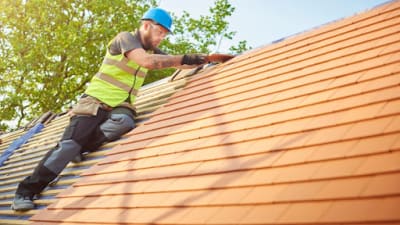Exactly How to Evaluate Different Roof Covering Choices for Your Building Requirements
Assessing roofing options for your building calls for a detailed strategy that thinks about various factors such as the meant usage of the framework, neighborhood climate conditions, and material qualities. It is vital to evaluate the benefits and disadvantages of different roof types, from asphalt tiles to metal and clay ceramic tiles, while likewise factoring in preliminary costs and long-lasting maintenance. Furthermore, recognizing energy performance and aesthetic allure can affect your decision. As you ponder these factors to consider, one concern remains: which elements will inevitably assist your choice for a sustainable and aesthetically pleasing roofing service?
Analyzing Your Structure's Needs
To properly examine roof options, start by extensively evaluating your building's demands. Beginning by thinking about the building's planned use, as various structures may necessitate differing roof specs. Domestic roofings often focus on looks and insulation, while business structures may concentrate on longevity and load-bearing ability.
Next, assess the regional environment problems that will certainly impact roof efficiency. Variables such as temperature fluctuations, precipitation degrees, and wind patterns can affect material option and style. A roof that stands out in a temperate environment might not perform too in locations susceptible to heavy snowfall or severe warm.
Furthermore, assess the structural integrity of your structure. Ensure that the existing structure can sustain the picked roof materials, particularly if taking into consideration larger choices. It is likewise important to evaluate any type of neighborhood structure codes or guidelines that may dictate particular needs for roof.

Comparing Roofing Materials
As soon as a detailed analysis of your building's needs has been finished, the next action entails contrasting different roof covering products. Each material supplies distinctive benefits and drawbacks, making it vital to align your selection with your details requirements and conditions.
Asphalt roof shingles are commonly recognized for their cost and convenience of setup, making them a popular choice for property structures. On the other hand, metal roofing, known for its longevity and durability, can hold up against rough weather however may come with a higher first financial investment.
Clay and concrete ceramic tiles supply superb thermal insulation and aesthetic appeal, particularly for Mediterranean-style style, yet they need an even more durable structural assistance due to their weight. Wood trembles offer an all-natural appearance and excellent insulation residential or commercial properties however might require much more upkeep and are at risk to fire risks.
Evaluating Cost and Budget
Examining your roof covering choices necessitates a cautious analysis of price and budget factors to consider. The total spending plan for a roof job comprises several elements, consisting of product expenses, labor expenses, upkeep, and possible long-lasting financial savings. It is vital to establish a clear spending plan before discovering certain roof covering products, as this will guide the decision-making procedure and assist you stay clear of overspending.
Begin by obtaining quotes from several contractors to comprehend labor prices in your region. Make sure that these quotes include all needed services, such as elimination of the old roof covering, setup, and any added features, like insulation or ventilation enhancements - Roofer. Next, analyze the cost of various roof products, taking right into account both initial installment costs and expected lifespan

Recognizing Power Performance
Power efficiency plays a vital duty in the selection of roofing materials and systems, substantially influencing both energy intake and total comfort within a structure. A well-chosen roofing system can improve thermal efficiency, decreasing the demand for home heating and cooling systems, which consequently lowers energy bills and minimizes ecological effect.
When reviewing roof covering choices, think about materials that show instead of soak up heat. Light or reflective roof products can significantly lower roof covering surface area temperature levels, causing lower power use throughout hot months. Furthermore, proper insulation and ventilation are vital to enhance the energy efficiency of the entire roof covering system. Insulation protects against warmth transfer, while ventilation reduces heat build-up in the attic room space.
Another important variable is the roof's long life and maintenance requirements. Long lasting materials that call for much less constant replacement contribute to long-lasting see this page power cost savings. The power performance of a roof system can also be evaluated with its compliance with well-known sustainability scores such as ENERGY CELEBRITY or LEED.
Thinking About Visual Appeal
A roof covering's visual allure considerably affects the general appearance of a building, matching its architectural style and enhancing curb appeal. Roofing Contractor. When evaluating roof site here alternatives, it is crucial to think about how the selected material, color, and layout will harmonize with the existing framework and community. A properly designed roofing can raise even the most basic of structures, changing them right into aesthetic prime focus
Various roof products provide numerous aesthetic high qualities. For example, conventional roof shingles might stimulate a traditional appeal, while steel roof covering can pass on a modern-day, streamlined appearance. In addition, the shade of the roofing product plays an essential function; lighter shades can make a building show up even more roomy, while darker tones may create a cozier setting.
In addition, building aspects, such as dormers and eaves, can boost the roofing system's visual effect. It is suggested to talk to professional designers or engineers to guarantee the picked roofing option straightens with the total design intent. Ultimately, a roofing system ought to not only supply useful benefits however likewise add favorably to the structure's aesthetic, showing the proprietor's preference and the character of the surrounding atmosphere.
Conclusion

 Danny Tamberelli Then & Now!
Danny Tamberelli Then & Now! Jake Lloyd Then & Now!
Jake Lloyd Then & Now! Mara Wilson Then & Now!
Mara Wilson Then & Now! Judd Nelson Then & Now!
Judd Nelson Then & Now! Katie Holmes Then & Now!
Katie Holmes Then & Now!